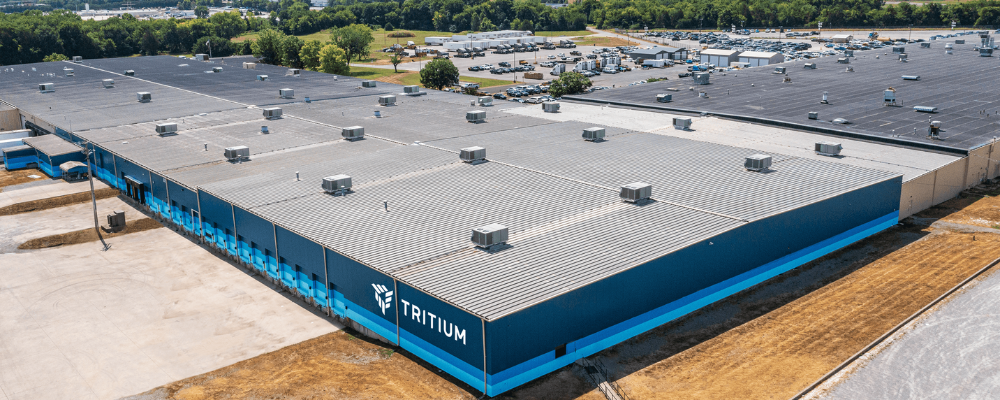In 1999, three University of Queensland students decided to challenge the world’s largest automakers in a solar car race across the Australian outback. They spent two years building a race car in a garage, engineering a sophisticated battery management system and ultra-compact, three-phase electric motor controller. They made every component as light as possible and entered their car, the SunShark, into the World Solar Challenge against the likes of Honda, Toyota, and Volkswagen. The students, David Finn, James Kennedy, and Paul Sernia placed 3rd and won a technical achievement award for their innovative power electronics systems.
After their success in the World Solar Challenge, the three students made their award-winning motor controller a commercial product: The Wave Sculptor 22. The controller is still used in solar racing today and in 2017 the three podium teams in both the Challenger Class and the Cruiser Class in the World Solar Challenge used the Wave Sculptor 22.
Finn, Kennedy, and Sernia went on to start an engineering consulting firm in Brisbane, Australia where they created systems to manage hydroelectric power stations, develop multi-MWh storage systems for green buildings, and even create the battery management system for James Cameron’s Deepsea Challenger mission. The three needed a memorable name for their consulting company. Dr. David Finn found it in an old chemistry book: Tritium. Tritium is a rare radioactive isotope of hydrogen. Unlike pure hydrogen, Tritium has one proton and two neutrons—three fundamental particles in its nucleus, just like the three founders.
In 2012, the Tritium team was asked to create a robust, weatherproof DC fast charger for electric vehicles. They used their experience in power electronics, solar racing, battery management systems, and engineering for harsh environments to create a compact, liquid-cooled EV fast charger. They commercialized that charger and shifted their company to focus exclusively on DC fast chargers. The liquid-cooled, weather sealed RT50 DC fast charger was Tritium’s first success. The 50kW charger was the most compact to date, measuring just 2000mm x 580mm x 270mm (78.75in x 22.8in x 10.6in).
During the following years, the Tritium team grew, expanding their range of chargers and building a factory at the company’s Brisbane headquarters. Tritium built and sold thousands of DC fast chargers around the world. In 2020, the company released their new modular line of fast chargers, which can be scaled to meet charging demands. The chargers are designed to let customers save costs on charging site infrastructure while reducing their capital investment and maintaining high charger availability and power output to vehicles.
In 2017, Tritium launched its first international office in Torrance, CA just outside of Los Angeles. The next year, the company opened an office in Amsterdam to serve the European market.
In 2021, Tritium launched a state-of-the-art testing facility at its Brisbane headquarters. The facility features one of the highest-power commercially accessible EMC testing chambers in the world. It’s designed to deliver up to 720kW of regenerative power from its integrated system with fully integrated AC and DC power feeds. The facility is used to test and develop ultrafast DC fast chargers.
In 2022, Tritium joined the Nasdaq exchange and began trading under the ticker DCFC, launching a new era for the business. The company launched a state-of-the-art manufacturing facility in Lebanon, TN the same year to help electrify America’s transportation. The factory will employ more than 500 people and is designed to produce up to 30,000 DC fast charger units per year.

Tritium continues to develop faster, higher-capacity chargers for electric vehicles and our team works tirelessly to electrify transportation around the world.
Want to receive future articles like this directly to your inbox?